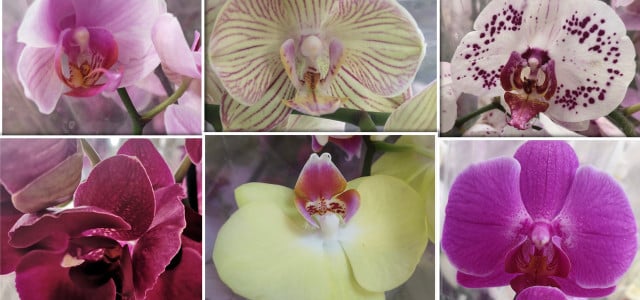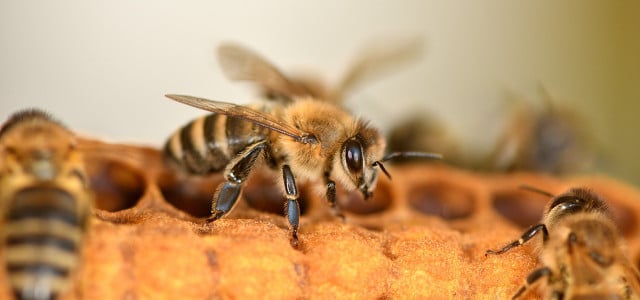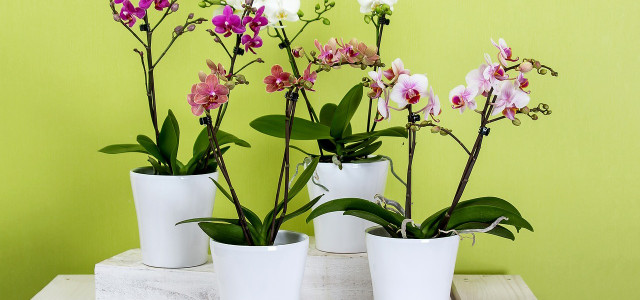Knowing how to prune orchids is a useful skill for any plant lover. Orchards require special care to become healthy plants in your home or garden — here’s how it’s done.
Orchids are beautiful, exotic and make perfect household and outdoor plants. They are the national flowers of Singapore, Hong Kong, Indonesia, Seychelles and many other Island nations. Orchids come from one of the largest plant families and there are thousands of different species. Most orchids originate from India, China, Southeast Asia, Indonesia, central or South America and Australia.
Here, we’ll discuss how to prune orchids for better growth, as well as maintenance and top tips for caring for your orchids.
Why Prune Orchids?
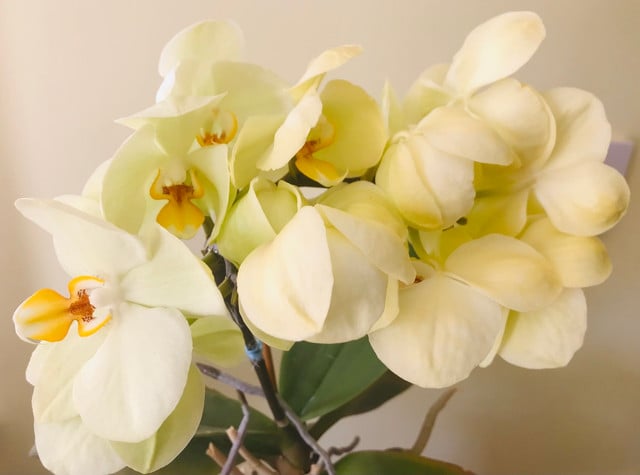
Pruning orchids is paramount to their wellbeing. It helps to focus the plant’s energy and vitality on the healthy material, so it is not wasted on wilted flowers and stalks. This will keep your orchids looking neat and healthy. Pruning dead orchid roots is important, as they often develop aerial roots that grow outside the pot. These roots absorb moisture from the atmosphere and can become unruly when not maintained. Clean and neat cuts are important to maintain the health of the branch you are pruning. While knowing how to prune orchids for better growth is important, there are a few things you should know before you start:
- The type of orchid you have: As we mentioned above, there are many types of orchid, so check which you have before you buy or prune one. We’ll talk more about common types below.
- The best time to prune: Orchids, like other plants, have a rest period. This time usually occurs in the fall. But, this is not a strict rule. Orchids flower depending on temperature, so rest time may vary between states. Generally speaking, however, they will flower during the spring and winter, after which they begin to lose their flowers. This is when you should do your pruning. The leaves, on the other hand, can be removed as they wilt. You only need to prune your orchids once a year, and it’s good practice to encourage the flowers to wilt during the fall so they regrow in the new year. To do this, you can move your orchids to a shaded or cooler area to stimulate turnover.
With these tips in mind, orchids can be a great addition to homes or gardens for many reasons, one of which being that bees and other pollinators love them. The unique shape of the orchid is great for attracting male bees to mate with the flower. When this happens, the orchid can transfer some of its pollen, allowing it to reproduce. And, hopefully, attract more bees in the process.
Common Varieties



The best way to identify your orchid is by the shape, pattern, size of the bloom and the leaves. Their heights can vary from three inches to six feet, although the dozen or so orchids used for houseplants are generally smaller. In most cases, different varieties and species will come in many colors and sizes, so we will just cover some general characteristics of the most common orchids:
- Cypripedium: These plants are commonly called Slipper Orchids. They are a genus of Cypripedioideae, native to several southern states. In recent years, due to over-cultivation and loss of habitat, they are now at risk of extinction. They grow yearly, often with long and hairy leaves the length of their elongated stem.
- Cattleya: Also known as the Queen of Orchids, this orchid flowers in winter. They are native to South America but in the north they are more commonly sold as houseplants. They typically have oblong, fleshy leaves. Notably, their flowers start at the base of the stem as opposed to the top.
- Oncidium: These are magnificent in flower, with a large spray resembling a group of dancing ladies. Native varieties can be found in parts of Florida.
- Phalaenopsis: These are also known as Moth Orchids. They have long-lasting and fragrant flowers. They are not native to the US, instead growing more commonly in Asia.
- Vanda: These orchids are highly favored in horticulture shows for their fragrance, long-lasting and colorful flowers. They grow in temperate regions of the US, from Hawaii to Florida.
- Dendrobium: These have a large Genus of over 1800 species and are popularly cultivated for Chinese medicine. They originate from Southeast Asia, surviving by attaching themselves to other plants.
While these are the most common orchids types, don’t worry if yours doesn’t fit these descriptions. With some exceptions, most orchids can be cared for and pruned using the same methods we will discuss here.
Caring for Your Orchid: Top Tips
Knowing how to prune your orchids for better growth isn’t so useful if you make some of these common mistakes:
- Overwatering
- Underwatering
- Too much bright light
- Too little light
- Not enough humidity
- Not enough drainage in the soil
- Overgrown roots (this is a sign you need to repot)
For food — don’t throw away your leftovers. Save the water from your rice and give it to your orchid. You can also hold onto eggshells. They contain valuable nutrients for orchids, just crush them and sprinkle them on the soil. Lastly, milk is great for feeding your orchids as it contains nitrogen, potassium, calcium and magnesium. You can even try soaking banana skin in water to feed your orchids.
How to Prune Orchids
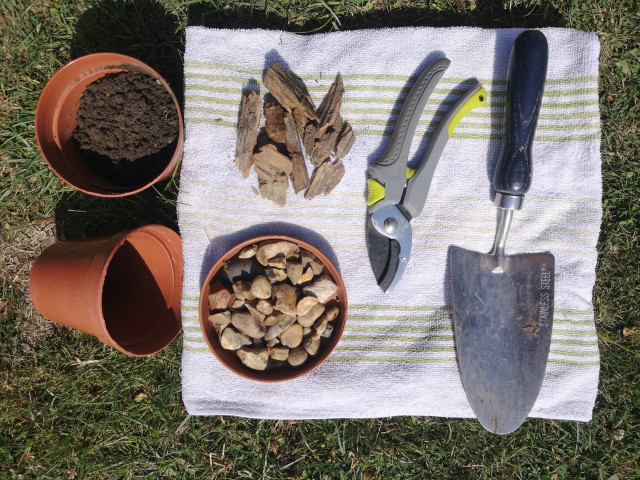


How to prune orchids for better growth will depend on what type of orchids you have. Generally speaking, all the orchids on our list can be pruned in the same way, with the exception of Dendrobium. We will cover how to prune Dendrobium below. First, let’s cover the basic method:
Tools and materials
- Sharp secateurs (Available on Amazon**)
- Pots
- Trowel
- Compost
- Bark or pebbles
General instructions
When your orchid has finished blooming, it will enter its dormant state. This usually happens in the fall. You can do significant pruning during this time, but before the main yearly prune, you should regularly cut back any faded flowers while the orchid is blooming. Using sharp secateurs, make a clean cut right back to the main branch. This can be done periodically as branches wilt. To prune:
- Trim the stem that had the blooms on it about half an inch from the main branch. If any of the branches are turning brown or yellow, cut them back completely.
- Remove the orchid from its pot and trim away any dead or damaged roots.
- Repot the orchid into a bigger pot, giving it room to grow.
- Remember when repotting to add bark or pebbles for good drainage
- Do not overwater your orchid, as they do not like to sit in water. This can cause the roots to rot and possibly kill your plant.
Dendrobium instructions
You can use the same tools as above for these orchids. The same pruning tips will apply. However:
- You should not trim the stem as it will flower on the same stem.
- Only remove the dead flowers as they fade.
- Trim roots and repot as normal.
When pruning any young orchids (after the first bloom), cut the stalk back to about an inch from the base. This will encourage it to grow back with stronger roots, bigger leaves, and larger blooms. Then you just care for your orchids till the next prune as you usually do.
Tips and Takeaways
Orchids come in many types, variations, and colors. The ideal orchid for beginners is the Nobile. It is a hybrid of the Dendrobium that is dormant for the winter months and has a great number of blooms on one stem. Alternatively, for a native plant, go for a variety of Cypripedium, Oncidium, or Vanda.
Orchids can be kept inside in indirect or direct light or during summer outside in a shady or part shady location. This varies with types, so check your information card on your plant when you purchase it. For indoors, orchids like humidity, so are ideal for bathrooms and kitchens.
Read more:
- 10 Most Deadly Flowers in the US
- 8 Best Plants for Ground Cover
- Herbs to Plant Together: Companion Planting with Herbs
Do you like this post?






